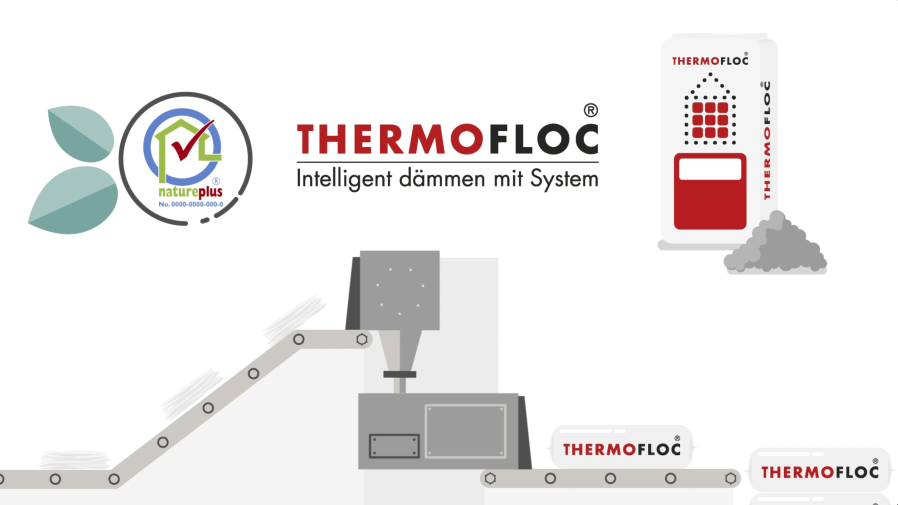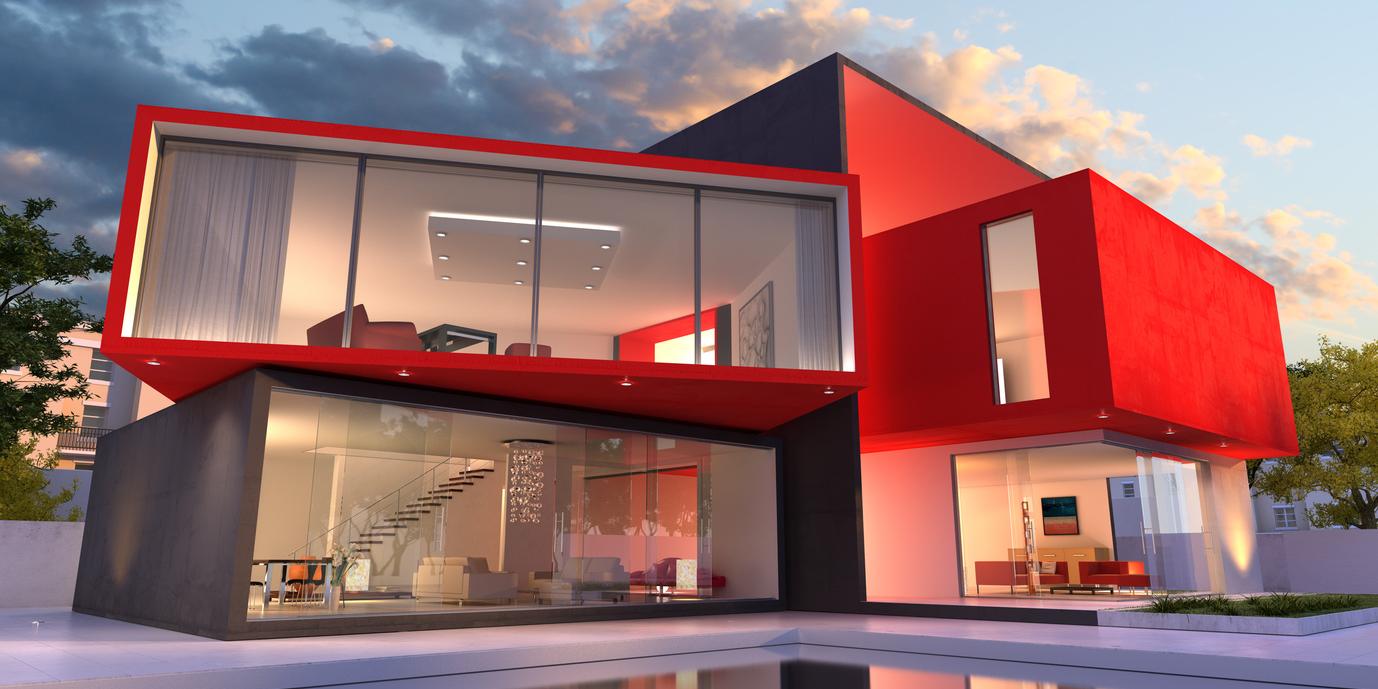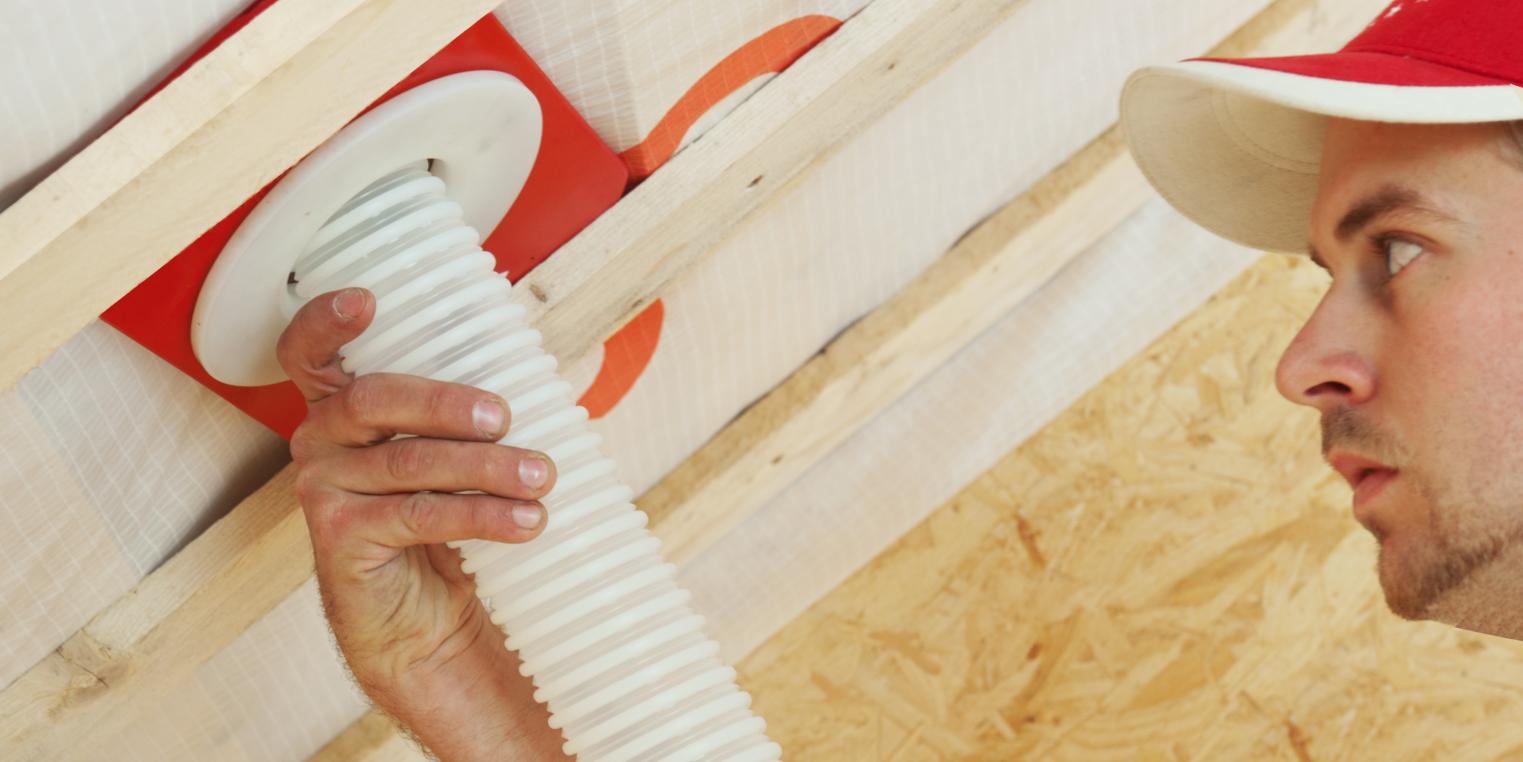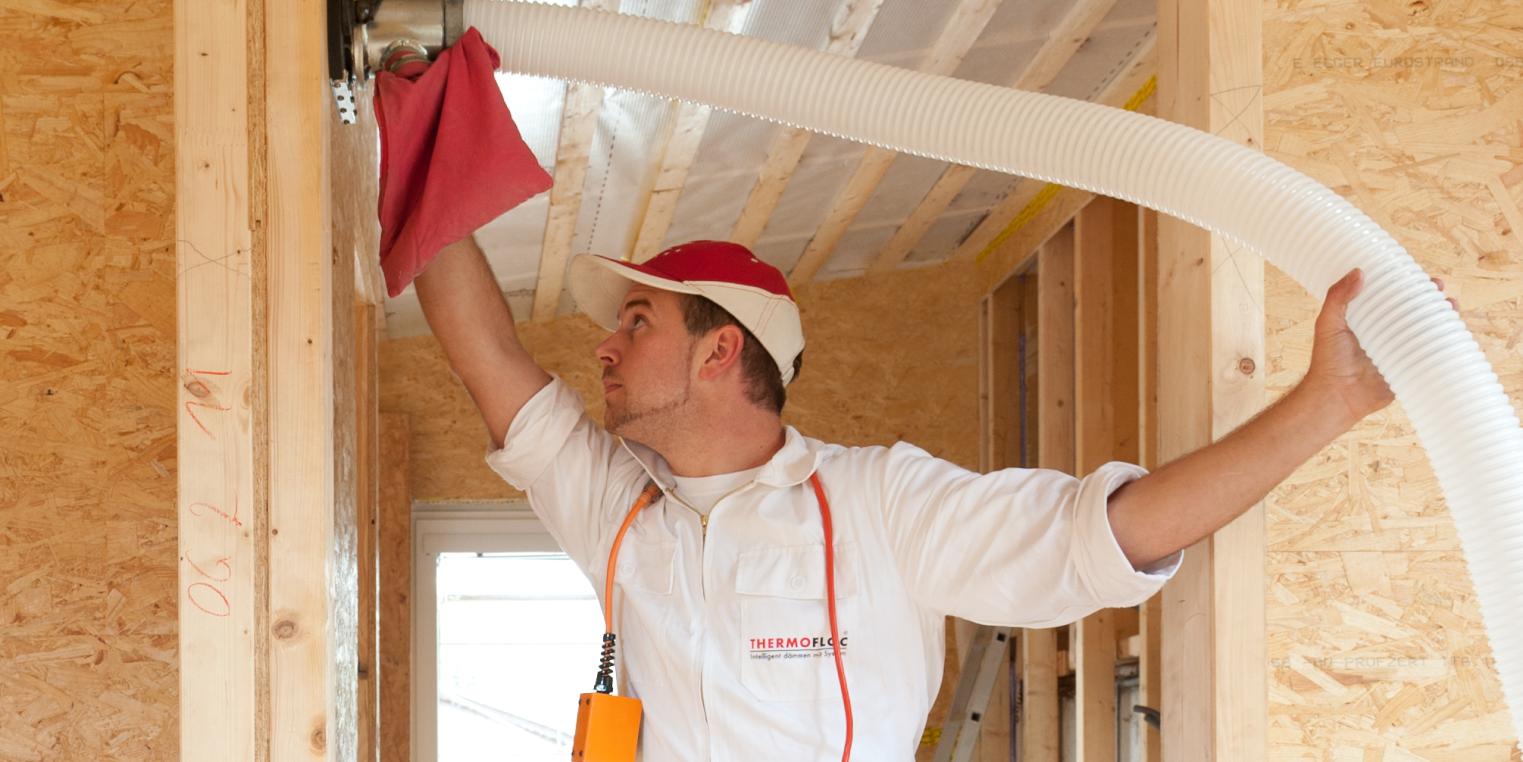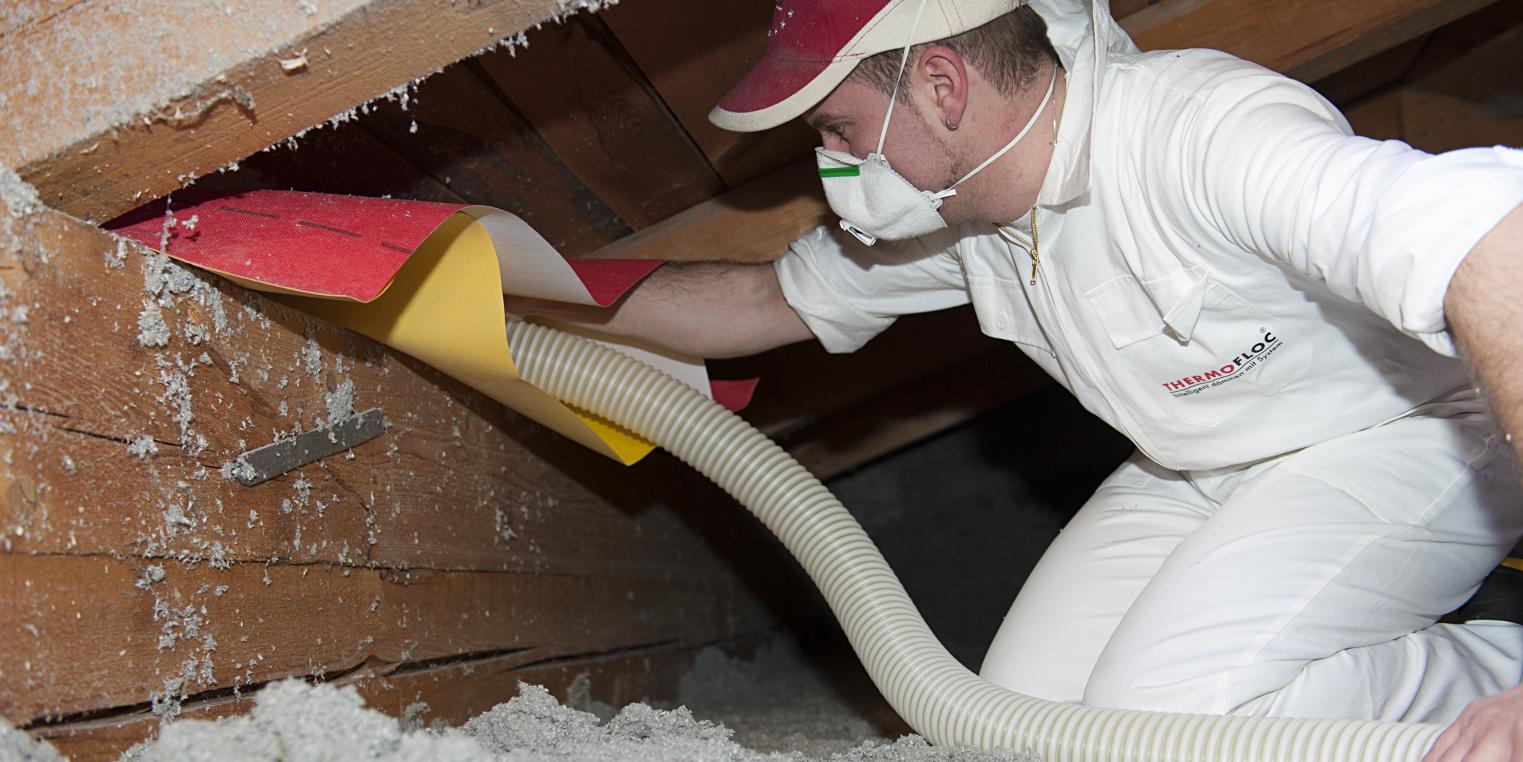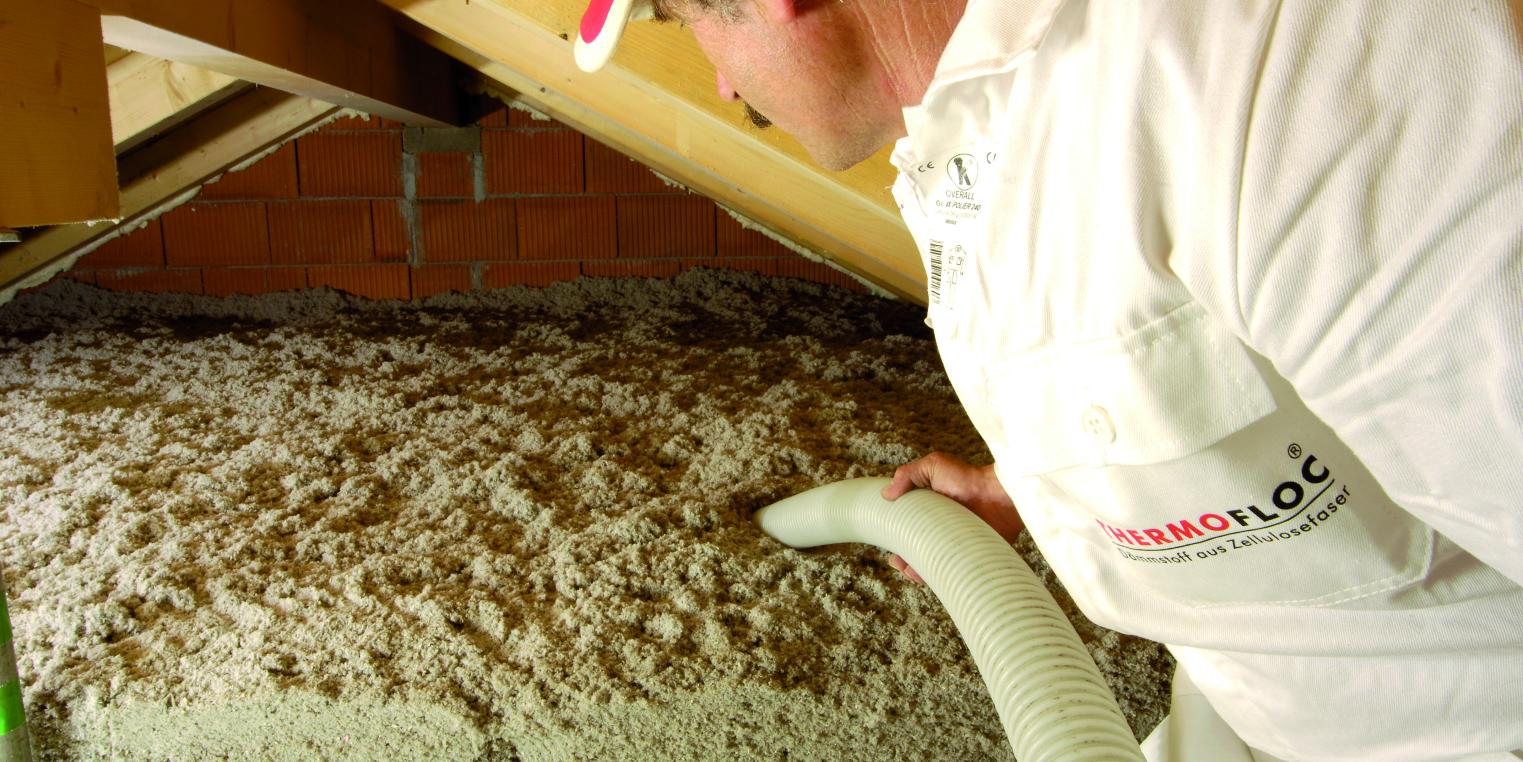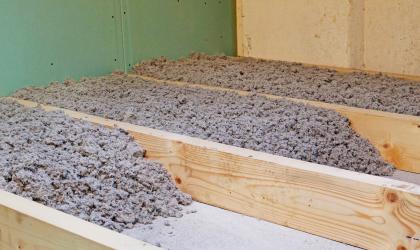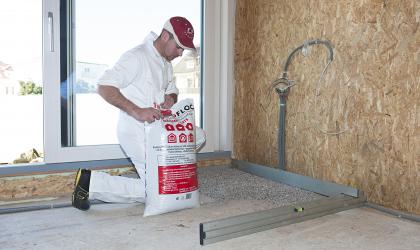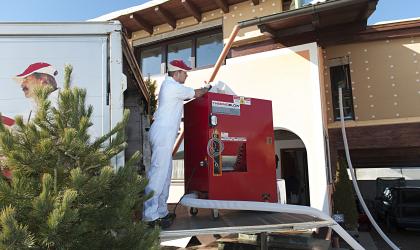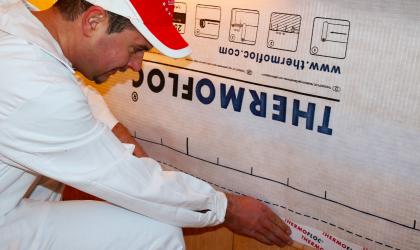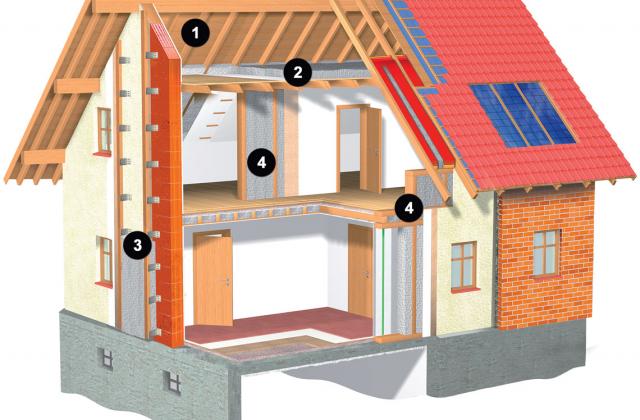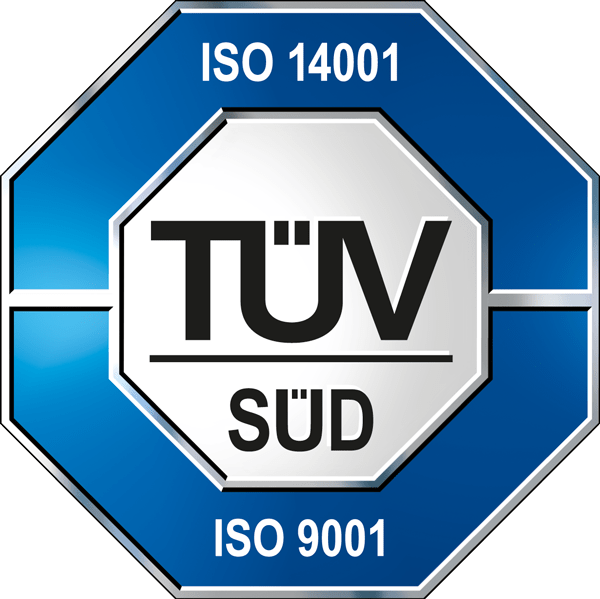Intelligent dämmen mit System
Dämmsystem vom Keller bis zum Dach –
Anwendungsbereiche im Überblick
Der THERMOFLOC-Dämmstoff aus Zellulose wird von zertifizierten Unternehmen in ganz Europa mit speziell dafür ausgerüsteten THERMOBLOW-Einblasmaschinen eingebaut. Hierzu wird der Einblasdämmstoff unter Luftdruck in die Hohlräume der Bauteile transportiert und entsprechend den Verarbeitungsrichtlinien verdichtet, so dass eine fugenlose, durchgängige und diffusionsoffene Dämmschicht entsteht. Verschnitt fällt praktisch keiner an, da immer genau die für die jeweilige Konstruktion benötigte Dämmstoffmenge in das Bauteil eingeblasen wird. Ecken und Winkel und der kleinste Hohlraum werden 100%ig vollständig befüllt.
Wissenswertes über THERMOFLOC
als Wärmedämmsystem
